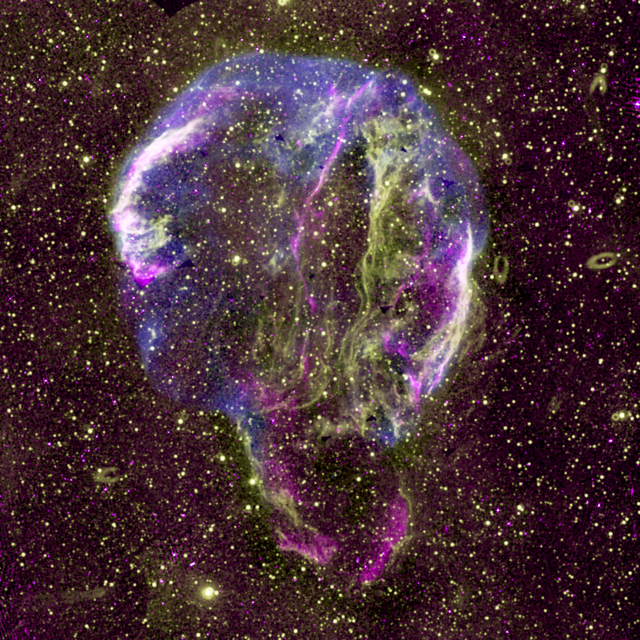Map of 4.4 Million Galaxies
Using the Low-Frequency Array (LOFAR) radio, more than a quarter of the northern sky has been mapped by astronomers from Durham University who collaborated with a team of international scientists for this project. This map provides an incredibly detailed radio image of over 4.4 million objects, as well as a very dynamic picture of our Universe.
Overview:
- The vast majority of these mapped objects are galaxies with huge black holes or rapidly growing young stars that are billions of light-years away.
- Flaring stars within the Milky Way and colliding groups of faraway galaxies are among the rarer objects discovered.
- This is by far the largest data release from the LOFAR Two-metre Sky Survey.
- This data release includes nearly four million objects that at radio wavelengths are new discoveries and around a million objects that have never been seen before with any telescope.
How was the map created?
To create the map, scientists used state-of-the-art data processing techniques on high-performance computers all around Europe to process 3,500 hours of observations that took up 8 petabytes of disc space on nearly 20,000 laptops.
Conclusion
This data release is only 27 percent of the survey and it has been anticipated by scientists that as a result of this release many more scientific breakthroughs in the future are expected such as how black holes form as well as evolve, how the largest structures in the Universe grow, detailing the most spectacular phases in the life of the stars in the Milky Way Galaxy and the physics governing the formation of stars in distant galaxies.
Month: Current Affairs - March, 2022
Category: Science & Technology Current Affairs


